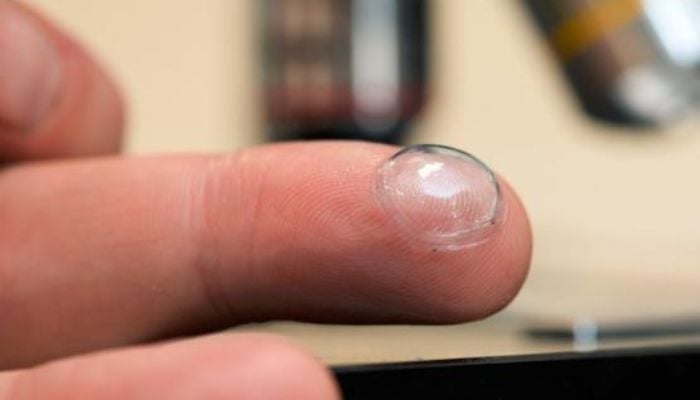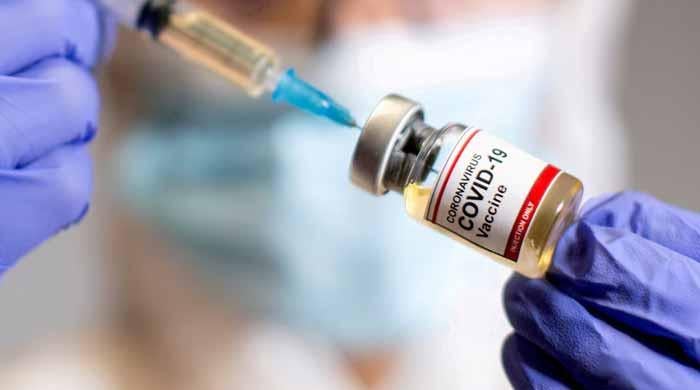Groundbreaking smart contact lenses may painlessly test for eye infections
At the moment, identifying the bacteria or fungus that is causing an eye infection requires an invasive procedure
December 09, 2022

Scientists have created a ground-breaking "smart contact lens" to quickly and painlessly test for eye infections. The test has been heralded as the "next significant stride" in the global fight against preventable blindness and is eventually anticipated to be usable at home.
Smart contact lenses are a type of wearable technology that is worn on the eyes like traditional contact lenses but are equipped with additional features such as the ability to display information, monitor the wearer's health, and more. These lenses are still in the development phase, but they have the potential to offer a wide range of benefits to users.
For example, a smart contact lens could be used to monitor a person's blood sugar levels, allowing them to manage their diabetes more effectively. It could also be used to display information in front of the wearer's eyes, such as directions or notifications from a smartphone, without the need for a separate device.
In developing nations, it might even stop mortality brought on by fungal eye infections.
According to Stephen Rimmer, a professor of chemistry at the University of Bradford, "We have created a smart hydrogel that can identify two forms of bacteria and fungus. Similar to the materials used to create contact lenses, this device can be administered to the eye without risk. The germs adhere to the substance and can then be examined."
At the moment, identifying the bacteria or fungus that is causing an eye infection requires an invasive procedure that involves taking an anaesthetic-induced tissue sample from the patient's eye. Following a two-day cultivation process, the sample is next examined under a microscope.
The patient would use the unique lens for an hour as part of Professor Rimmer's exam, with findings coming quickly after. The test might eventually be made accessible to the general public in the UK and other countries.
"The current method is not a nice procedure and it takes time. We are working on how we can produce a visible colour change on the lens to show which bacteria or fungus is present. This could then be photographed with a mobile phone and uploaded to a website for an expert to analyse," he said in a statement.
The specialist, he added, could then decide whether the patient needs antibiotics or needs to be looked into further. Our aim is for anyone with no prior experience to be able to perform it.
Initial laboratory studies have produced promising results, and once additional funding is obtained, human trials will be conducted.
The test could be vital in developing, tropical countries, where infections are often detected too late to save a person’s eye.
Invasive fungal illnesses are becoming more prevalent worldwide, especially in people who have underlying medical conditions or weaker immune systems, according to a World Health Organization report released last month. However, there has been very little research on these diseases. Additionally, it noted a connection between the COVID-19 pandemic and an increase in aspergillosis, mucormycosis, and candidemia, as well as proof that fungal infections are becoming more common and spreading across the globe as a result of climate change.
"This is vital work that could save the sight of many people worldwide, by swiftly and accurately diagnosing the infection in a much more comfortable way than is currently used," said Dr Joey Shepherd, Senior Lecturer in Microbiology at the University of Sheffield’s School of Clinical Dentistry, who is also working on the project.









